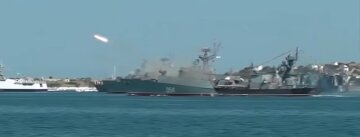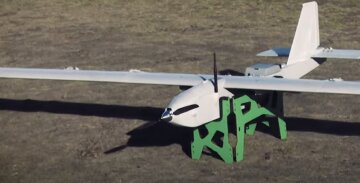The destruction of the Black Sea Fleet began with the sinking of the cruiser "Moskva," which was hit by Ukrainian anti-ship missiles in April 2022, marking a significant informational victory for Kiev.
This was shared with 19FortyFive by former U.S. Army infantry officer, PhD, and military expert Brent Isherwood. He added that since then, attacks by Ukrainian drones and precision missiles have significantly weakened Russia's naval operations.

As a result of this conflict, the Russian Black Sea Fleet has been unable to perform fundamental functions, such as launching missile strikes on Ukraine or supplying military reinforcements to the southern front. Now, Russian ships are compelled to maintain their distance, as Ukrainian missiles and drones can inflict serious losses on them.
The defeat of the Black Sea Fleet has become one of Putin's greatest military setbacks in this conflict. Before the war, the Russian fleet controlled key strategic points, including the port of Sevastopol in Crimea, which provided an advantage in the Black Sea. However, following a series of attacks by Ukrainian forces, Russia was forced to withdraw its ships from Crimea and lose control over the waters of that region.

After the fleet's defeat, the strategic situation in the Black Sea changed dramatically. Ukrainian forces were able to resume maritime trade, which significantly weakened the effectiveness of the naval blockade that Russia attempted to establish. At the same time, the Russians lost the capability to launch attacks on Ukrainian cities from the sea, and their fleet has become "functionally inactive," according to British assessments.
This has also served as an important lesson for other naval powers, including the U.S. and China. Traditional strategies of dominance by large fleets appear to have become less effective. The anti-ship missiles and drones that Ukraine used to destroy Russian vessels are now considered essential tools for controlling maritime spaces in modern warfare.
Source: 19fortyfive.